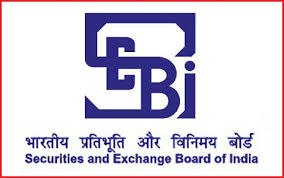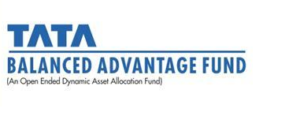SEBI had issued a directive to mutual Fund houses regarding categorization and rationalization of mutual fund schemes.. To fall in line with the directive, MF houses are in the process of making suitable changes in the schemes and conveying the same to customers.
Directive of SEBI on categorisation and rationalisation
SEBI directive issued last year covered the following aspects:
a. SEBI defined following five categories for classification of all schemes
• Equity schemes
• Debt schemes
• Hybrid schemes ( a mix of equity and debt),
• Solution-oriented schemes ( For special purposes like education, retirement etc) and
• Other schemes (Index funds, Exchange-traded funds, Fund of Funds etc).
b. The order defined sub-categories like large caps, mid-caps and small caps.
c. The order also defined the individual attributes of each of the scheme types and what the portfolio composition should be. For example, directive stipulated that 80% of investment of a large cap fund should be in large cap shares and 65% of investment of a mid-cap fund should be in mid cap shares.

Purpose of SEBI directive on categorisation and rationalization
Mutual fund investments are turning out to be the most sought after investment option among Indian investors. To tap the opportunity, mutual fund houses have been announcing large number of schemes. Some of the schemes have been offering almost same investment options without much differentiation, under different scheme names. Investors have been finding it difficult to distinguish among schemes and identify the best scheme matching to their risk appetite. Through the directive, SEBI has tried to bring uniformity and transparency in categorization of schemes thereby enabling investors to have better comparison of different schemes.
Duties of mutual fund houses
MF houses are required to comply with the directive of the regulator. Hence, they have been making revisions in their schemes. Fund houses are renaming the schemes or changing the categories or merging schemes with other similar schemes. They have also been intimating individual investors.
Duties of investors
The changes range from simple name change to major shift in fundamental attributes. Investors must go through the communication forwarded by MF houses and should analyze whether the revised schemes are matching with their risk profile. All companies are publishing the changes in their websites too.
Possibility of a midcap fund becoming diversified fund or small cap fund after revision, cannot be ruled out. The returns and risk vary with each category. Hence, an investor must assess the composition and actual category of his scheme post changes.
Long term impact of SEBI directive on categorization and rationalization
It is estimated that the directive may affect more than 30% of mutual fund schemes. Experts in the field welcome the changes and applaud timely intervention of the regulator as the MF industry has been on a growth path for some time. Transparency and healthy competition are essential to continue the momentum. Any negative news would have affected the confidence of investors. The directive will prevent mis-selling of schemes. Investors can compare performance of similar schemes of different mutual fund houses falling under same category. Easiness of comparison offers better selection powers and more confidence to investors. As the schemes become more transparent, better performance in aconsistent manner alone becomes the yard stick for survival of mutual fund houses.





Be First to Comment